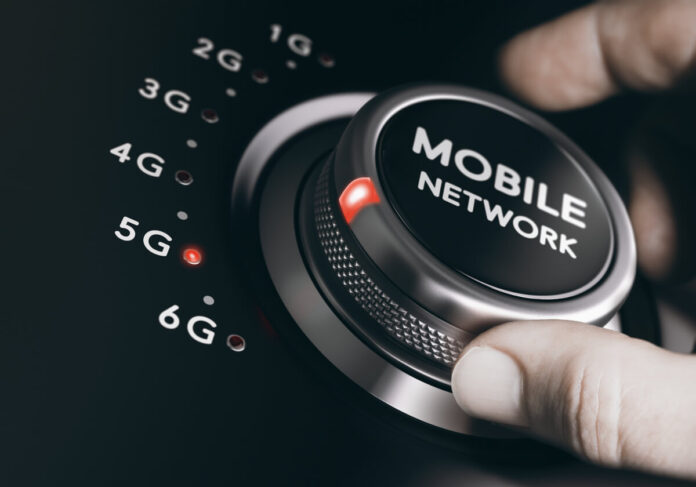Mobile technology has come a long way since its inception, revolutionizing the way we communicate, work, and live. Over the years, we have witnessed remarkable advancements in mobile technology, moving from the humble beginnings of 2G to the cutting-edge innovation of 5G. This evolution has brought about significant changes in the capabilities of our mobile devices, transforming the world as we know it.
2G: The Birth of Mobile Communication
The journey of mobile technology began with the introduction of 2G, or second-generation cellular networks, in the early 1990s. 2G networks relied on digital signals instead of analog, offering improved voice quality and introducing basic data services like SMS (Short Message Service). This marked a major shift in mobile communication, enabling people to communicate wirelessly with greater clarity and convenience.
However, 2G was primarily designed for voice calls and text messages, with limited data transfer capabilities. Internet connectivity was slow and cumbersome, making it impractical for web browsing, multimedia content, or other data-intensive applications. As mobile usage expanded, there arose a need for faster and more efficient mobile networks.
3G: The Era of Mobile Internet
The advent of 3G, or third-generation networks, in the early 2000s brought about a significant leap forward in mobile technology. 3G networks offered faster data transfer speeds, making mobile internet browsing a reality. Users could access websites, send emails, and engage in basic multimedia streaming on their mobile devices.
With 3G, mobile technology truly became a platform for connectivity and communication. People could stay connected wherever they went, accessing information and services on the go. The proliferation of smartphones and the rise of mobile applications further fueled the growth of 3G networks.

4G: The Age of Mobile Broadband
4G, or fourth-generation networks, emerged around 2010, taking mobile technology to new heights. This was a significant leap forward in terms of data transfer speeds, reliability, and overall performance. 4G networks enabled seamless video streaming, high-quality voice and video calls, and faster downloads and uploads.
The introduction of 4G brought about a revolution in mobile applications and services. It opened the doors to services like video conferencing, mobile gaming, and content streaming platforms. Smartphones became more powerful and versatile, capable of handling complex tasks and running resource-intensive applications. 4G networks paved the way for the mobile app ecosystem to flourish, with a wide range of innovative applications catering to various needs.
5G: The Future of Connectivity
The latest chapter in the evolution of mobile technology is 5G, or fifth-generation networks. 5G represents a massive leap forward in terms of speed, capacity, and latency. With 5G, we can expect data transfer speeds that are exponentially faster than 4G, near-instantaneous response times, and the ability to connect a massive number of devices simultaneously.
The impact of 5G extends far beyond faster smartphones. It has the potential to transform industries such as healthcare, transportation, manufacturing, and entertainment. With its ultra-low latency, 5G enables real-time remote surgeries, autonomous vehicles, smart cities, and immersive virtual reality experiences. It unlocks the possibilities of the Internet of Things (IoT), connecting a vast array of devices and creating a highly interconnected world.
However, the transition to 5G is not without its challenges. The deployment of 5G networks requires significant infrastructure upgrades, including the installation of new base stations and antennas. Additionally, the adoption of 5G-compatible devices and the availability of 5G coverage across regions will take time.
Conclusion
The evolution of mobile technology, from 2G to 5G, has been nothing short of remarkable. We have witnessed the transformation of mobile devices from basic communication tools to powerful, internet-connected devices that have become an integral part of our daily lives. Each generation has brought with it improved speed, capacity, and capabilities, shaping the way we work, communicate, and access information.
As we move into the era of 5G, the potential for innovation and connectivity is immense. With faster speeds, lower latency, and increased capacity, 5G will redefine the possibilities of mobile technology and pave the way for a truly connected world. From smart cities to autonomous vehicles, from telemedicine to immersive virtual experiences, the future of mobile technology looks brighter than ever before.

